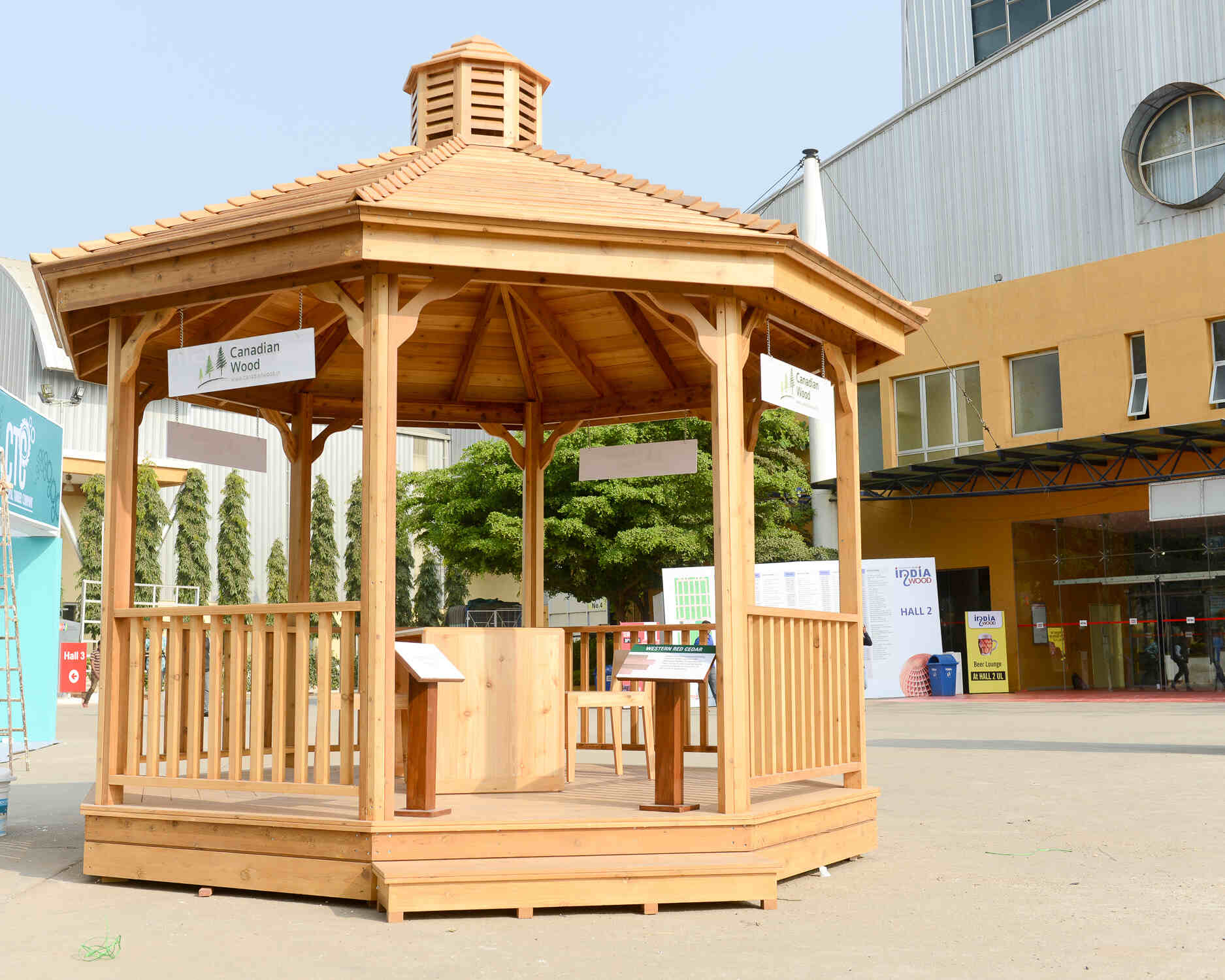Wood holds the advantage of being perhaps the sole renewable natural raw material with a proven historical endurance. From ancient wood stilt houses and grand temples to contemporary timber skyscrapers, it has consistently ranked among the most coveted resources for both re-manufacturing and structural uses. This enduring popularity is primarily attributed to its unmatched combination of innate beauty, adaptability, and exceptional strength-to-weight ratio. In the present day, the world’s renewed recognition of wood harmonizes with the necessity for sustainability, durability, resilience and environmentally friendly materials to counteract global warming. Thus, let’s delve into the aspects that establish wood as a dependable and trustworthy selection for an array of re-manufacturing and structural applications.
Sustainability sets wood apart

Wood gains an incredible advantage as a highly renewable natural resource through sustainable forest management methods and responsible harvesting. Moreover, its exceptional durability originates from its distinct cellular composition, primarily comprising lignin, cellulose, and hemicellulose. This composition enables wood to endure severe weather circumstances, such as extreme temperatures, strong winds, and earthquakes. In contrast to materials that deteriorate over time, wood showcases its advantage by demonstrating its ability to resist the impacts of nature Additionally, wood functions as a natural carbon reservoir, adeptly sequestering carbon dioxide during its growth as a tree, thereby aiding in the mitigation of climate change and global warming.
Wood – Inherently robust and long-lasting in nature

Wood’s resilience under stress makes it valuable in construction and preferred for diverse remanufacturing applications. Its proficiency in withstanding ongoing stress makes it a perfect fit for constructions enduring heavy loads over prolonged timeframes. It’s also ideal for remanufactured items like furniture, doors, windows, frames, and various other goods. Emphasizing the value, diverse wood species exhibit unique strengths and resilience. This allows the wood to diversify manufacturing and construction beyond remanufacturing.
Control over decay
While wood is susceptible to deterioration from fungi and insects, usually when its moisture content surpasses 20%, opting for suitable species and adhering to appropriate seasoning, manufacturing, and construction techniques enables achieving analogous sustainability practices as with other raw materials. Certain wood species also naturally resist humidity and decay. Moreover, their innate composition includes chemical compounds that act as barriers against decay-causing agents. Their cell structure also restricts moisture penetration, further deterring decay. This intrinsic resilience renders renewable wood a dependable option for various outdoor wood applications and moisture-exposed structural cladding. This reduces the necessity for frequent upkeep and ensures prolonged durability.
Stability and structural integrity
The main advantages of wood, resilience and durability, largely rely on its inherent characteristics, including density, fibre arrangement, moisture content, and the maturity of the harvested tree. Furthermore, its fibrous composition offers structural integrity, allowing the wood to endure significant loads and prevent deformation. Scientific evidence also supports the idea that wood obtained from slow-growing species tends to exhibit greater stability. Therefore, with adequate upkeep and safeguarding against environmental elements, wood can preserve its strength and durability over prolonged durations.
Strength and versatility – Canadian Wood’s resilient lumber from distinct species
Wood possesses a favourable strength-to-weight ratio, making it sought after for various uses. Despite its relatively light weight, wood exhibits significant strength and durability, enabling it to bear substantial loads while maintaining its structural integrity. This feature proves especially advantageous in industries where lightweight materials are vital for efficiency and performance.
Remarkably, Canadian Wood offers responsibly sourced renewable lumber from five distinct species: 1) Western Hemlock, 2) Douglas Fir, 3) Yellow Cedar, 4) Western Red Cedar, and 5) Spruce-Pine-Fir (SPF), all of which embody the aforementioned factors. Furthermore, Canadian wood lumber is remarkable for being harvested legally and certified from sustainably managed forests. Noteworthy is the fact that lumber from all Canadian wood species originates from slow-growing and highly mature trees, often exceeding 200 years in age. This results in exceptional quality, impressive durability, and resistance to decay. Beyond its versatility in various applications, this wood has demonstrated its lasting strength in the products it constructs. The dedication to sustainability showcased by Canadian Wood has solidified its reputation worldwide.
About Forestry Innovation Consulting India Pvt. Ltd. (Canadian Wood)
FII India, popularly known as Canadian Wood, is a crown corporation of the government of British Columbia (B.C.), the western most province of Canada. Its mandate is to promote wood products from B.C. Canada in the offshore markets and to position it as a long-term and reliable supplier of high-quality wood products from its sustainably managed forests. FII reaches out to its target audience by creating awareness about Canadian wood species through earned and paid media and participation in trade shows. Additionally, FII educates the market about its 5 distinct Canadian wood species through a wide range of activities including one-on-one interaction with wood working industry, organising educational seminars, and training workshops, besides offering technical support and handholding while conducting product trials with manufacturers and contractors interested in trying out Canadian wood products.























